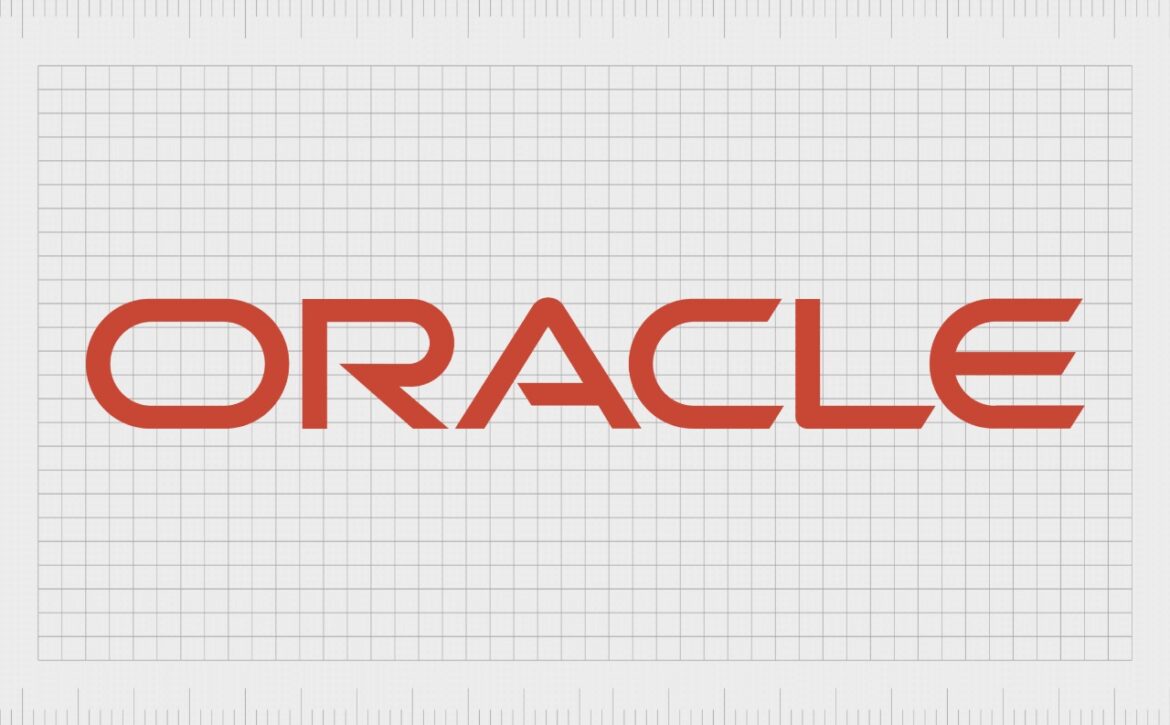AI Automation Is Changing B2B – Here’s How
AI Automation Is Changing B2B – Here’s How
B2B companies today want to move faster, save money, and work smarter. One of the biggest ways they’re doing this? AI-powered automation. This technology helps businesses handle tasks automatically using artificial intelligence, making work easier and more efficient.
What Is AI-Powered Automation?
AI-powered automation uses smart technology to do tasks that humans usually do—like sorting data, replying to emails, or sending invoices. It can also analyze patterns and help businesses make better decisions.
Why Is It So Popular Right Now?
In 2025, more and more B2B companies are using AI because:
-
Teams are working remotely
-
Customers want faster responses
-
Businesses need to use data better
-
There’s a shortage of skilled workers
Top Benefits for B2B Businesses
Saves Time and Effort
AI handles repetitive tasks—like updating spreadsheets or processing orders—so your team can focus on bigger things.
Faster and Smarter Decisions
AI tools can predict trends, recommend actions, and help make better business choices.
Better Customer Service
With AI chatbots and email automation, customers get answers faster and more personalized help.
Cuts Costs
Fewer manual tasks = less labor needed and fewer errors.
Where B2B Companies Are Using It
-
Supply Chain: Predicts product demand, plans deliveries.
-
Sales & Marketing: Sends emails, scores leads, writes content.
-
Finance: Automates invoices and catches fraud.
Popular AI Tools in 2025
| Tool | Use | Why It’s Great |
|---|---|---|
| UiPath | Automates tasks | Easy to scale |
| Zapier + OpenAI | Connects apps | Simple and powerful |
| Gong | Helps sales teams | Gives insights |
| Jasper | Writes content | Great for SEO |
| IBM Watson | Analyzes data | Built for big companies |
Things to Watch Out For
AI is powerful, but there are challenges:
-
Keeping data safe
-
Cost of getting started
-
Helping teams adapt to change
-
Teaching employees how to use it
Final Thoughts
AI-powered automation is here to stay. For B2B businesses, it’s not just helpful—it’s becoming necessary. If you want to stay ahead, now’s the time to start using smart tools that save time, improve service, and boost profits.






